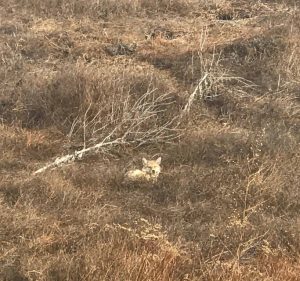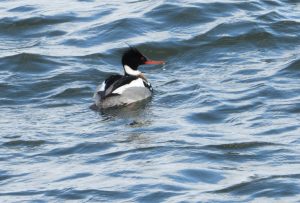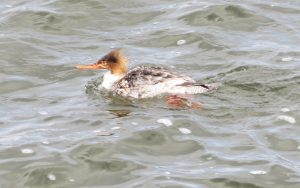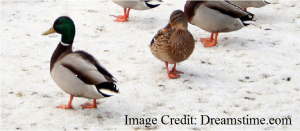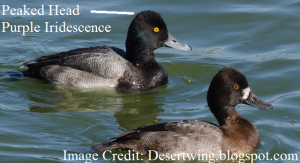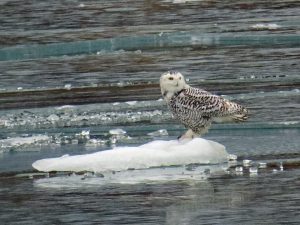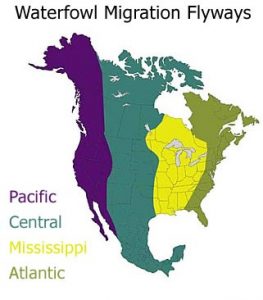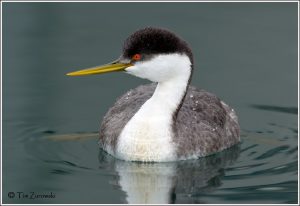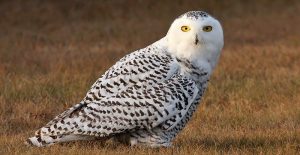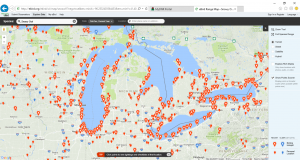Naturalist Notes
April 2018
As Spring begins to provide us with warmer weather, the first forbs, or flowering plants, are finally bringing a little color to the gardens at the front of the park. Prairie Smoke is the first to emerge!
Geum triflorum: Native North American herbaceous perennial in the Rose family
Common names: Prairie Smoke, Old Man Whiskers, Praire Avens, Purple Avens
Interesting facts: Prairie Smoke is one of the earliest bloomers on the prairie, and is an important food source for insects coming out of hibernation. Clusters of nodding reddish-pink flowers emerge from hairy, fern-like leaves. The flowers are fused and cannot open completely, so bees have to force their way in to pollinate them. It is only after pollination that the flowers will stand upright to expose feathery tufts of seed heads that look like wafting smoke. These puffs of seeds are a treat for birds and also form cover for the prairie’s small rodents. Watch this Wisconsin native over the next month to see these blooming stages.
As more native plants begin to emerge & bloom, watch the north kiosk for “What’s Blooming” posts. Feel free to take a Prairie Plants Brochure from the stand by the north kiosk for more information. Additionally, plant ID signs will be posted by the blooming plants, providing interesting facts about each species.
